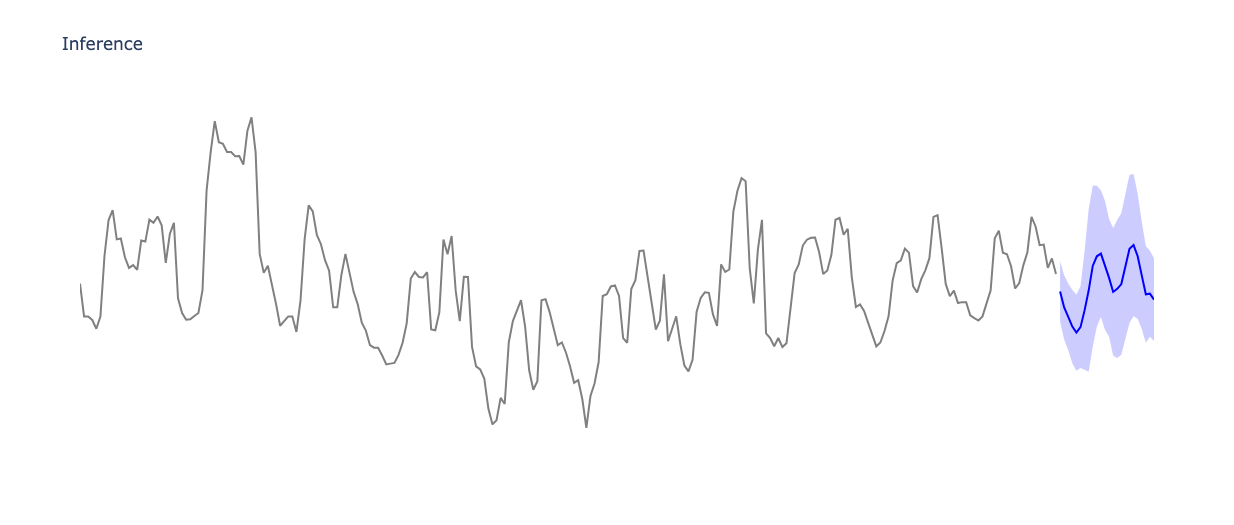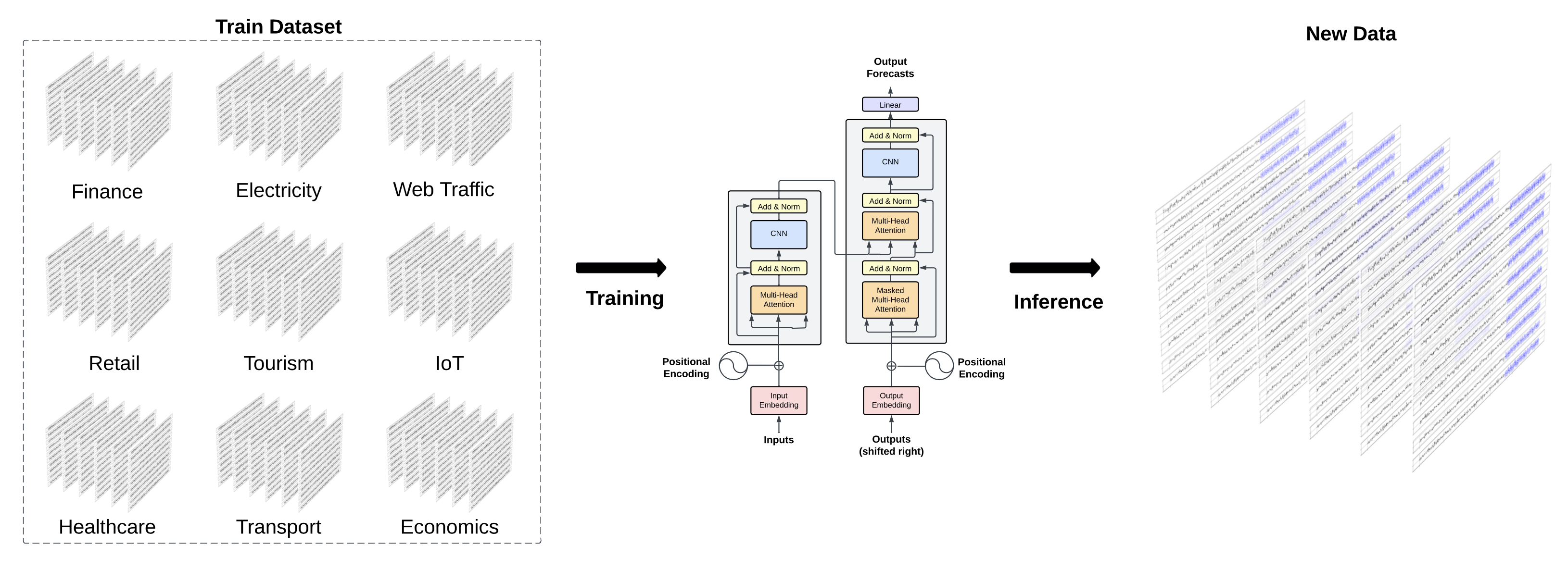These key concepts cover the foundations of time series data, how forecasts
are generated, and the role of TimeGPT in predicting future values and
detecting anomalies.
Use these concepts as a reference to better understand how TimeGPT simplifies
tasks such as demand forecasting, anomaly detection, and multi-series
forecasting.
Time Series
A sequence of numerical data points arranged in chronological order.
Forecasting
Predicting future values by analyzing historical data and patterns.
Anomaly Detection
Identifying unusual or unexpected events that deviate from typical behavior.
Multiple Series
Managing and forecasting multiple time series data at once.
TimeGPT
Nixtla’s generative pre-trained model for time series forecasting.
Inputs (Tokens)
Segments of historical data that inform TimeGPT’s forecasting process.
Time Series
Time Series
Time Series
A time series is a sequence of numerical data points arranged in chronological order. In the context of TimeGPT, each data point in the series serves as input to the model. The model learns from patterns in the data and uses this understanding to forecast future values. Time series data appear in various domains, such as stock prices, weather recordings, and sales figures.Forecasting
Forecasting
Forecasting
Forecasting is a method used in many fields—such as business and environmental studies—to predict future outcomes based on historical information. It involves analyzing past data to detect patterns, trends, or recurring behaviors and extending these insights into the future.One significant advancement in forecasting is the application of modern
machine-learning methods, including deep learning. Models like TimeGPT can
handle large datasets and identify complex patterns with enhanced prediction
accuracy.

TimeGPT output
Anomaly Detection
Anomaly Detection
Anomaly Detection
Analyzing sequential data often requires identifying anomalies or unexpected events that deviate from standard patterns. TimeGPT supports anomaly detection by monitoring data sequences (such as daily temperatures) for unusual fluctuations.For example, in finance, TimeGPT can highlight abrupt market changes; in cybersecurity, it helps uncover suspicious network activity. Anomaly detection enhances forecasting by flagging significant outliers, improving overall data insights.
Anomaly detection
Multiple Series
Multiple Series
Multiple Series
TimeGPT provides robust support for multi-series forecasting, allowing simultaneous analysis of multiple time series. Users can train the model on many related series, improving accuracy and enabling more flexible customization for specific forecasting requirements.
Multiple series forecasting
TimeGPT
TimeGPT
TimeGPT
TimeGPT by Nixtla is a generative pre-trained model specifically designed for time series forecasting. It reviews historical series values (and optional exogenous variables) to generate predictions. Beyond forecasting, TimeGPT enables tasks like anomaly detection and financial forecasts.TimeGPT scans time series data similarly to how a person might read text:
sequentially, from left to right. It can interpret historical windows (tokens)
and leverage temporal patterns learned from billions of data points.

TimeGPT API